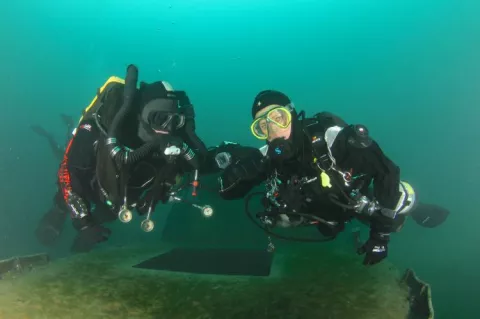Peter Sotis convicted of attempting to illegally export rebreathers to Libya
If the name Peter Sotis rings a bell, it is no coincidence. He was Rob Stewart's dive buddy when the filmmaker tragically lost his life on a deep rebreather dive in 2017, after which he was ostracised by the dive community as well as sued by Stewart’s family for his role in Stewart's death. Both the incident and the lawsuit have been covered in the magazine.













